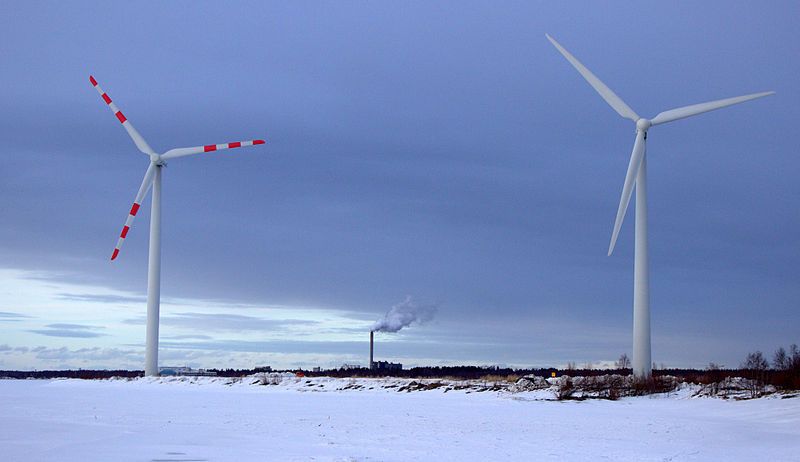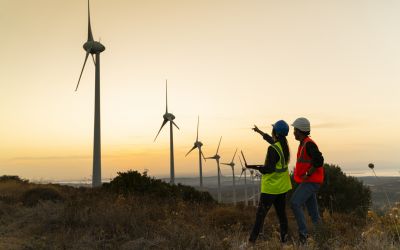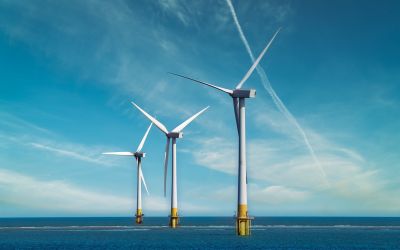VTT researching wind energy capacity in the world’s coldest climates
VTT Technical Research Centre of Finland conducts study into building wind turbines in icy conditions

Wind energy capacity is growing rapidly in the cold climates of the world and according to the latest forecasts, between 45 and 50 gigawatts of wind energy will be built in cold climates by 2017, which would mean an increase of as much as 72 per cent since the end of 2012 and investments amounting to approximately €75 billion.
VTT Technical Research Centre of Finland has conducted the first ever study into the feasibility of building wind turbines across the globe in areas where cold climate and icy conditions place special demands on wind turbine technology. In addition to Scandinavia and Canada, these areas also include parts of Central Europe, the United States and China.
The VTT study has been incorporated into the BTM World Market Update 2012 report (Navigant Research 2013). Cold climates represent encouraging potential for wind energy companies because of their sparse population and favourable wind conditions. These areas experience higher winds in winter than in summer, and the density of cold air increases production capacity. However, turbine blades are highly susceptible to icing. Although icing causes production losses of 3-10 per cent per year, losses can be reduced with the help of anti-icing systems.
The global financial crisis has made it more difficult to find funding for all kinds of energy investments. Nevertheless, both electricity producers and consumers are still interested in green energy. Wind energy also has the added benefit of predictability: production costs are easier to calculate in the absence of fuel price variations.
Research has shown an increasing demand for anti-icing solutions, which are also developed by VTT in Finland.






